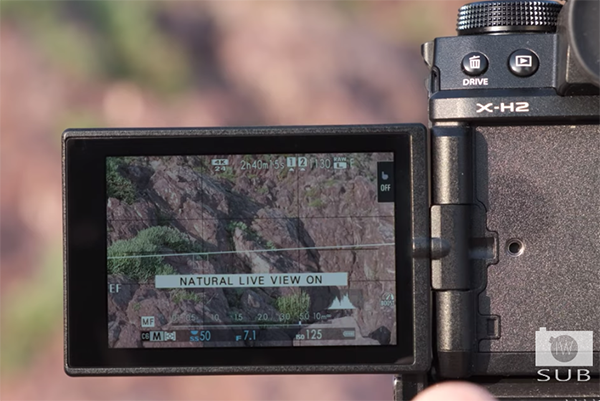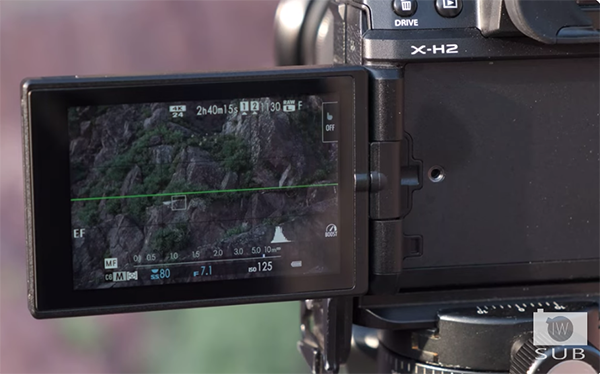Change These Settings NOW on Every Camera You Use (VIDEO)
Today were going to talk about properly configuring a camera for your specific needs. And if you’re one of those “set-it-and-forget-it” photographers we suggest you pay close attention.
Even worse is buying a new camera and relying upon the default settings. That’s because camera designers don’t know anything about the type of images you shoot, and what lenses you employ. So default settings merely provide decent results for the average Joe. And if you shoot a variety of different genres, with lenses from wide to telephoto, each require a different configuration for optimum results.
Instructor Ian Worth is a pro landscape photographer based in Wales, and in today’s episode he discusses “10 camera settings that I always change on every camera I own.” We suggest you consider his advice and do the same for the cameras in your cabinets. And whenever you buy a new camera, the first thing you should do is set it up properly for your specific needs.

The key configurations discussed in this lesson aren’t specific to any particular brand, and they’re easy to find by scrolling through the menu. Worth begins with the Long Exposure Noise Reduction setting. He provides a quick rundown on the common options available, as well as problems that may occur. Bottom line: Worth always turns off this setting and deals with image noise during post-processing.
Many cameras also offer a setting known as Instant Image Review that enables you to examine a photo on the rear LCD immediately after it’s captured. This is another one Worth always turns off because he often shoots photos in quick succession, and he prefers to evaluate them later when he’s not concentrating on capturing his next shot.
It goes without saying that we always want to achieve the best possible results during post-processing, hence the third setting Worth recommends which is to set the camera to capture Raw file. In his case he configures his cameras to capture images in both the Raw and JPEG file format for maximum flexibility. This is particularly convenient if your camera has two card slots.

The foregoing describes just three camera settings that Worth recommends you change, and he provides a clear rational for these and the other seven discussed as the lesson proceeds. We recommend having a camera (or two or three) handy while watching this lesson so you can experiment with some changes as they’re discussed.
Worth’s YouTube channel is full of helpful tips and tricks, so be sure to pay a visit when you have time.
And don’t miss the tutorial we posted from another experienced pro, explaining five Do’s and Don’ts For shooting better outdoor photographs.





